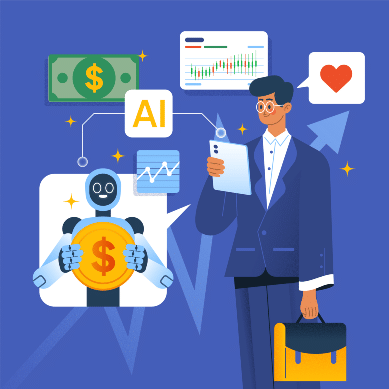The purpose for granting any access corresponds to the three pillars of cyber security: availability, integrity, and confidentiality. Availability measures are those that ensure that users can access a system. Issues such as hardware and software failures, network disconnections, and hacking can influence availability. Integrity refers to measures that ensure that information on a system is not altered intentionally or unintentionally. Confidentiality refers to the measures that are put in place to ensure that information is not misused and that those who are unauthorized do not access information. System administrators usually assign right in an access control matrix, avoiding the possibility that others may tamper with it.
Organizations must have two sets of access control policies governing their two major assets. Physical assets include offices, rooms, and buildings. Logical assets include digital files and resources.
How an Access Control Matrix Works
In a user permissions matrix, permissions are designated using these five commonly used attributes.
- Read (R) – Read access permits the subject to open and read the file, but not to edit it in any way.
- Write (W) – Write access allows the subject to not only read the file but to add or write new content in the file.
- Delete (D) – Delete permissions are higher level than write permissions. Subjects with delete or edit permissions can delete files or content.
- Execute (E) – Execute permission allows a user to execute particular programs.
Dash (-) – A dash in an access control matrix indicates that the subject is prohibited from accessing the object.
Please login or Register to submit your answer





